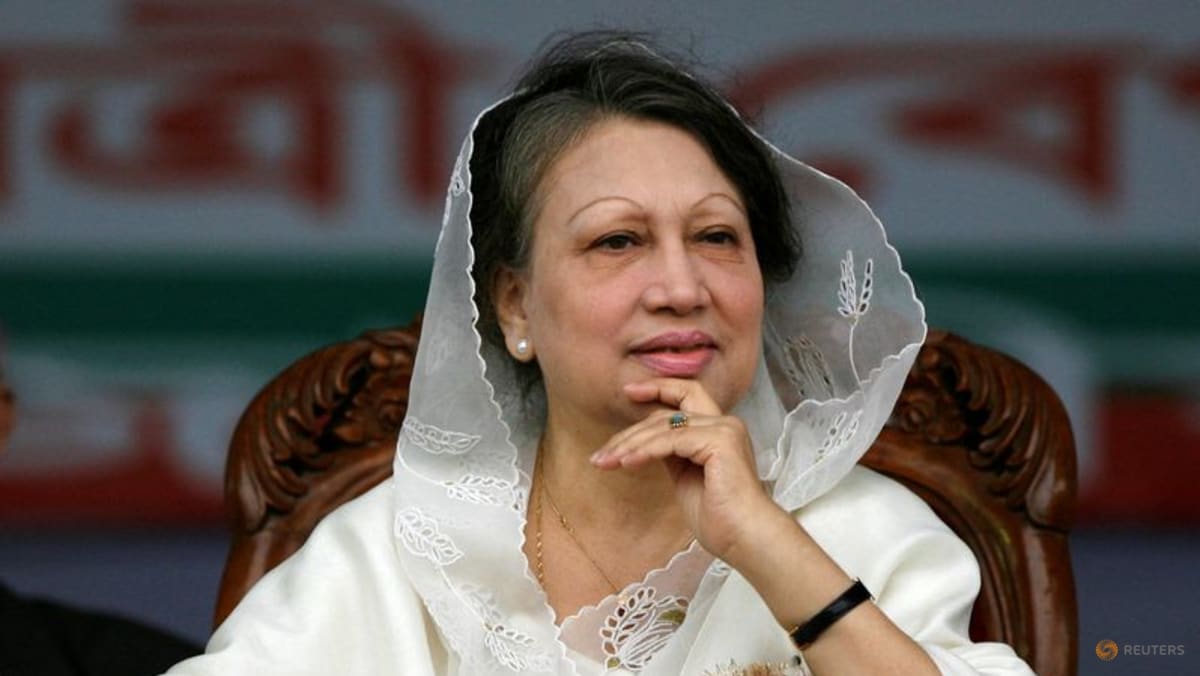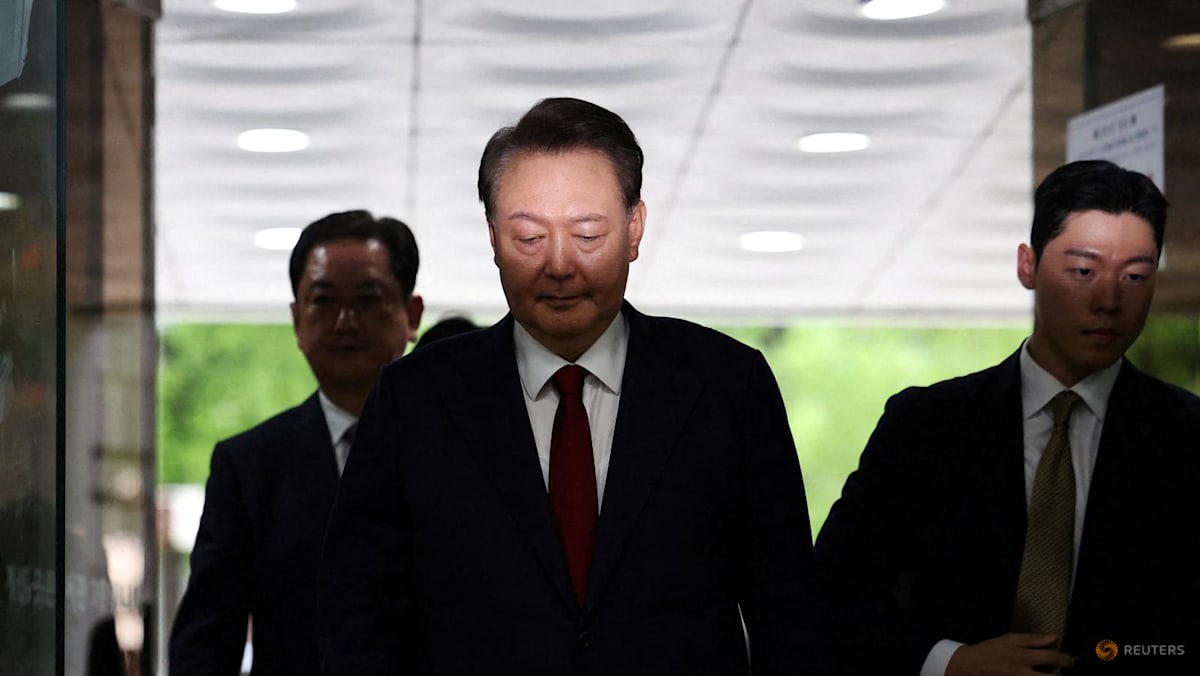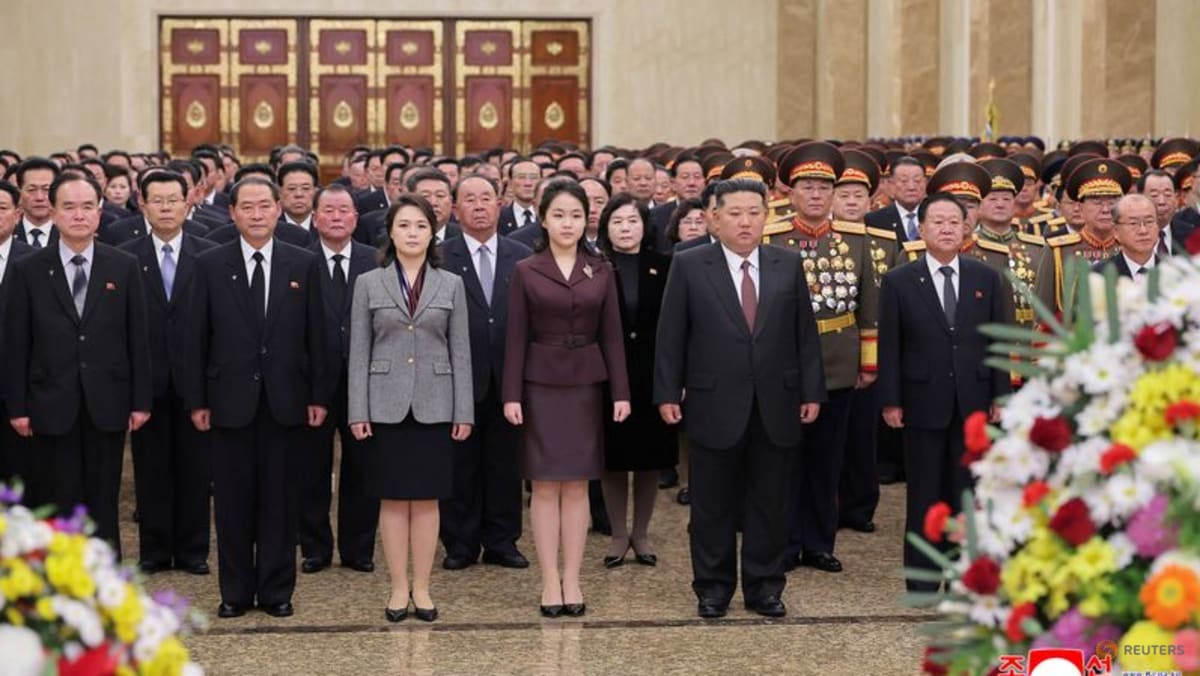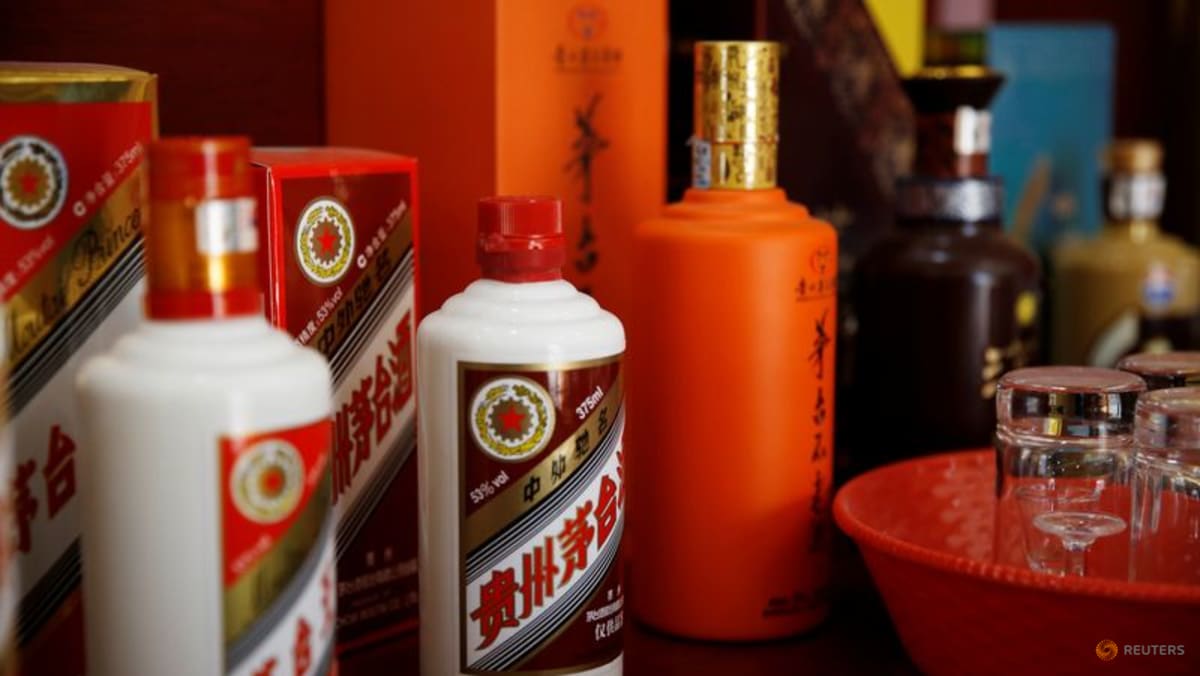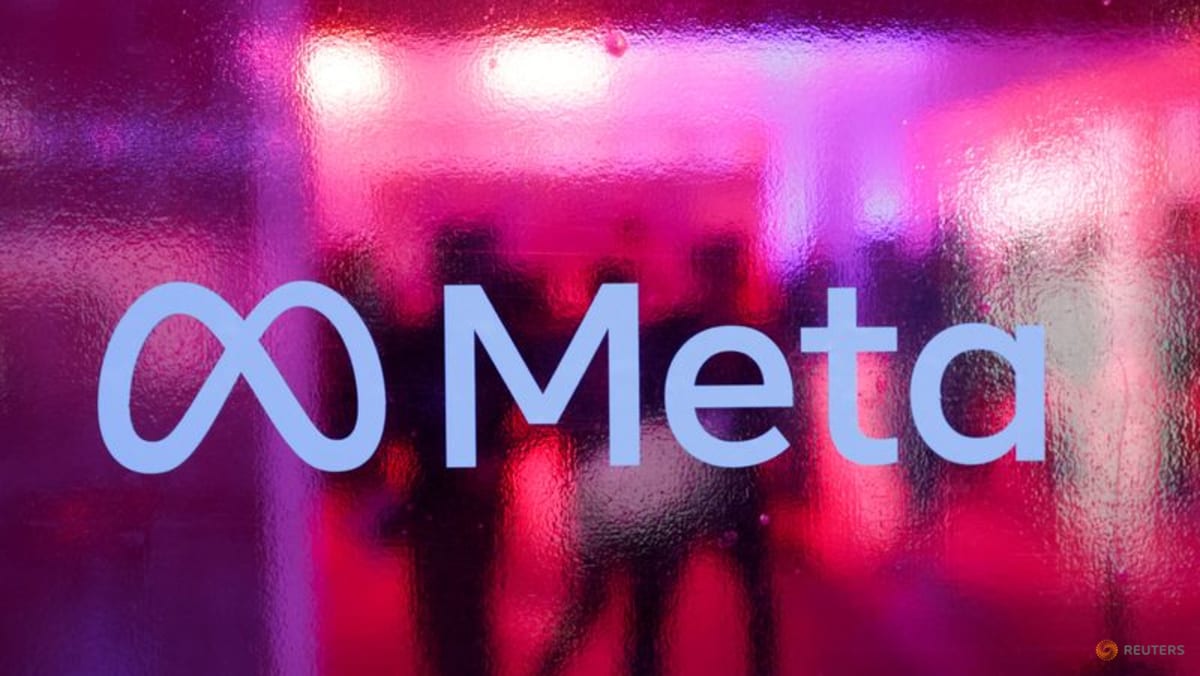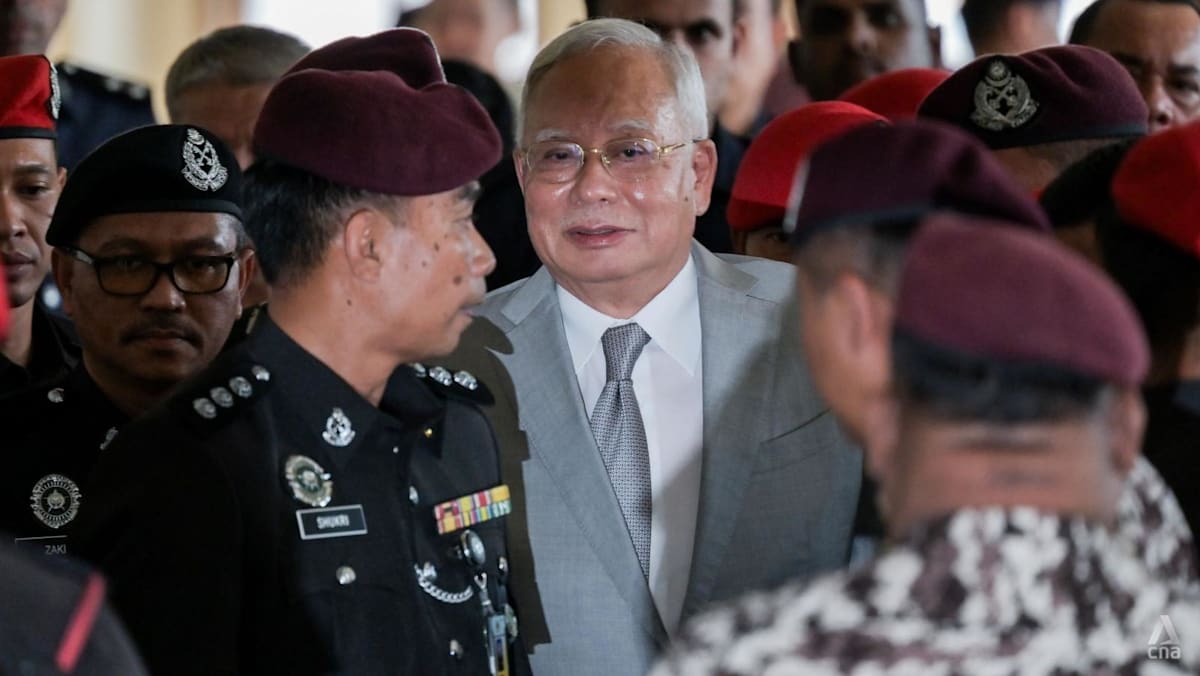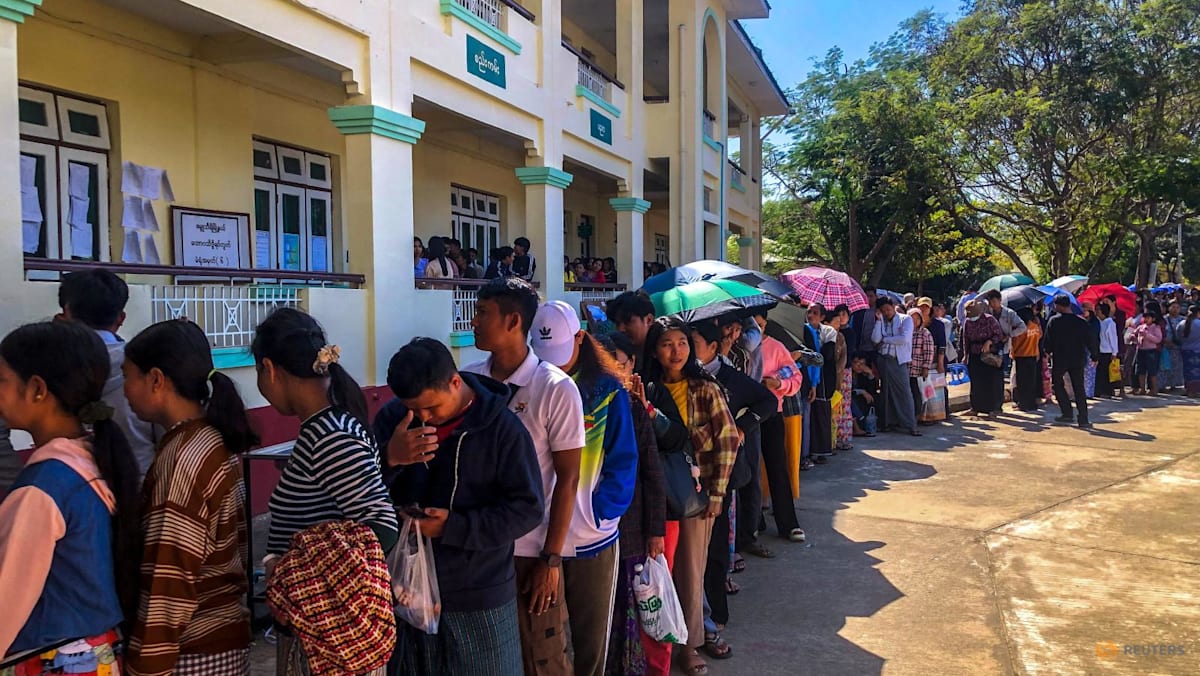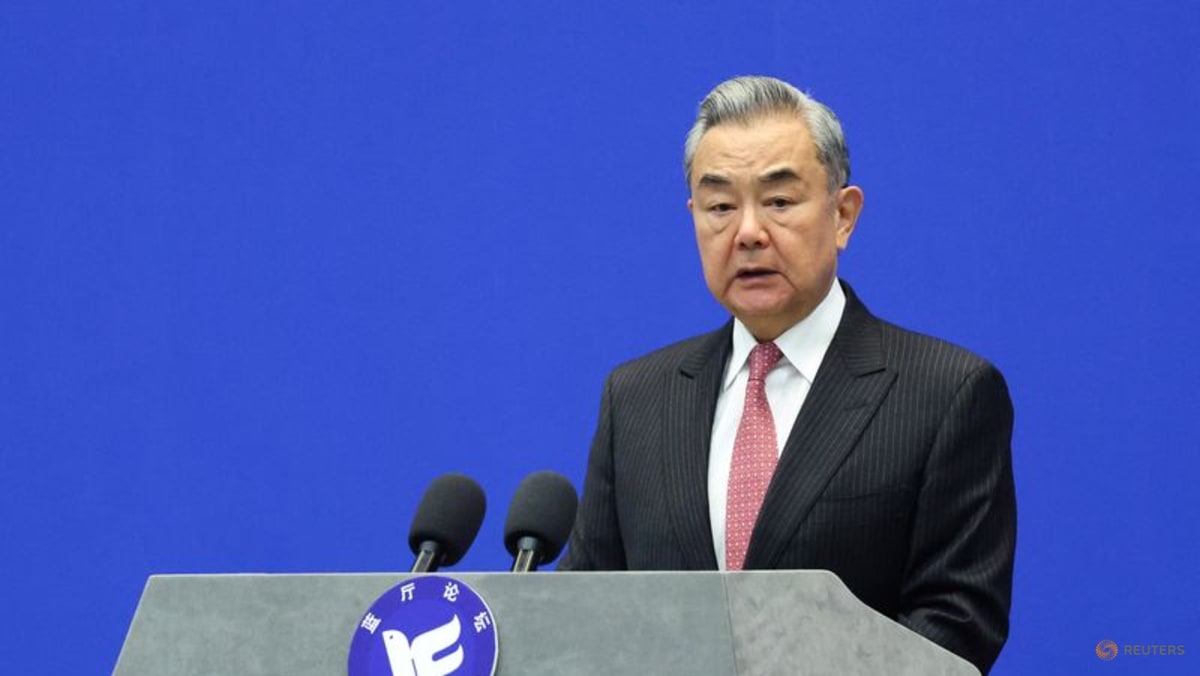AI in Southeast Asia: Muse or menace? How artists in the region are grappling with new technologies
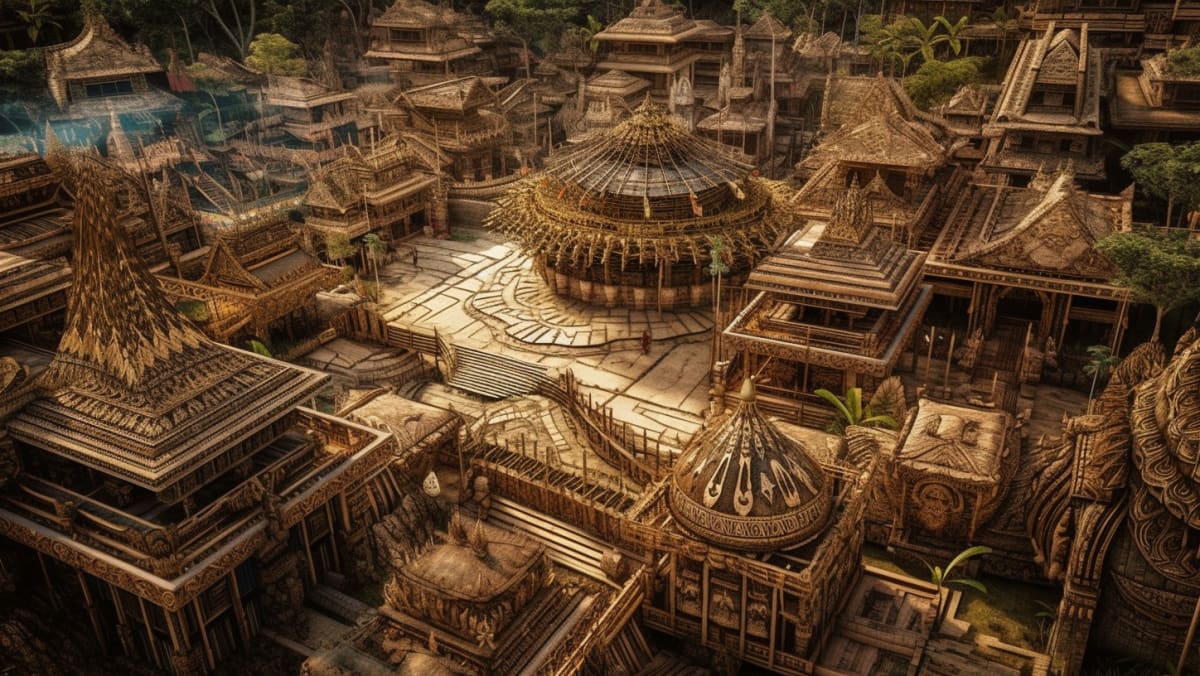
SINGAPORE: From his home office in Manila, Mr Patrick Cabral has built a city.
The metropolis is traditional; the buildings’ beehive structures and nipa palm-thatched roofs are similar to Filipino indigenous bahay kubo houses. But it is also modern. The photo-realistic images show pre-colonial Philippines in a contemporary setting, which Mr Cabral created in 2023 using AI softwares Stable Diffusion and Midjourney.
For the multi-disciplinary artist, who originally specialised in calligraphy, the latest technologies in artificial intelligence (AI) and machine learning have provided a new medium for his ideas, and also a platform to reimagine his country’s history.
“(My) experiments aim to answer the question on how architecture and fashion would have evolved if we weren’t colonised,” he told CNA, referring to the Philippines’ era under Spanish rule from 1565 to 1898, and various periods under American colonisation and Japanese occupation from 1898 to 1946.
Over recent years, Southeast Asia’s AI creative potential has not only benefited artists like Mr Cabral but also extended past the walls of galleries and studios. Machine learning tools have been used to improve livelihoods, boost medical progress and explore identity and heritage.
But even so, concerns in the artistic world over issues such as copyright and human replacement have caused some to question if the AI race is accelerating too fast.
THE START OF THE AI RACE
It might seem like a modern phenomenon, but the first use of AI as an artistic tool was in 1973, when British-born artist Harold Cohen debuted his computer programme AARON, able to generate basic black-and-white images.
By 1979, AARON ‘s work had featured in an exhibition at the San Francisco Museum of Modern Art (SFMOMA).
AARON’s algorithm was trained through lines of code that Mr Cohen designed and fed to a robotic arm to teach it to mimic the drawing process.
With the development of deep learning in the early 2000s, technologies developed which were able to not just replicate photos, but also generate their own, based on training data. These were produced at high speed and, unlike AARON, with no need for a robotic arm to do the work.
The first such text-to-image programme, AlignDRAW, was developed by then 19-year-old computer scientist Elman Mansimov in 2015.
Over the next decade, several new text-to-image generators followed. Unlike AARON’s algorithm, modern AI image generators mainly use text prompts, and train their algorithms by scraping data from swathes of existing images online.
For instance, DALL-E, introduced in 2021, was able to combine learnt concepts to depict abstract ideas, such as an avocado chair. Following in 2022, Midjourney uses AI to capture and replicate artists’ specific styles.
But for many artists in Southeast Asia, like Mr Cabral, their use of these programmes soon posed some cultural challenges.
“If you prompt (an AI algorithm) with ‘bamboo house,’ it will give you bamboo houses that are statistically on trend,” he told CNA. “But they don’t understand regional concepts, like what I mean by bamboo houses from pre-colonial Philippines.”
According to Mr Cabral, the lack of authentic depictions of Southeast Asia available on the internet meant that AI generators weren’t able to produce accurate depictions of regional clothes, people or architecture.
His experimentation highlighted the scarcity of representation in the visual arts and one of the key limits of these AI tools. Eventually, he was able to create lines of code he could feed directly into the programmes to train his AI to recreate Filipino motifs and landscapes.
He hopes his work can help shift the needle on a self-perpetuating cycle of AI artwork trained on western-centric sources and help regional artists reclaim their narratives.
“Technological advancement holds particular promise for the regional art scene, especially for those of us from countries whose creative expressions are yet to gain global recognition,” he said.
Indonesian artist Rimbawan Gerilya agrees that the potential of AI technologies to explore post-colonial cultures could help regional artists consider and challenge their own histories, and raise their profile.
“They can use generative AI to reconstruct their identities, using their heritage as a reference instead of borrowing from dominant cultures to fill in the gaps,” he told CNA.
Source: CNA



